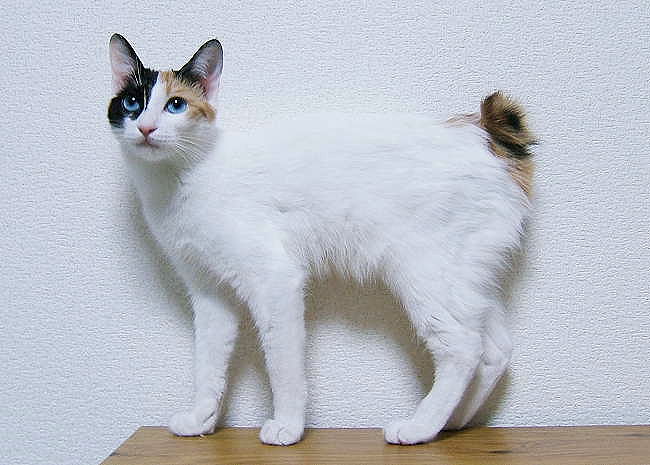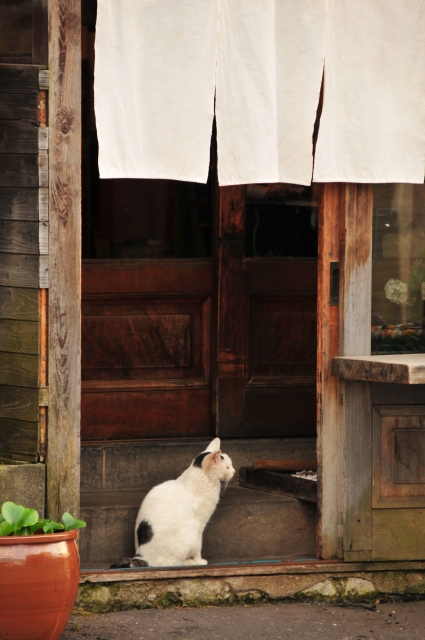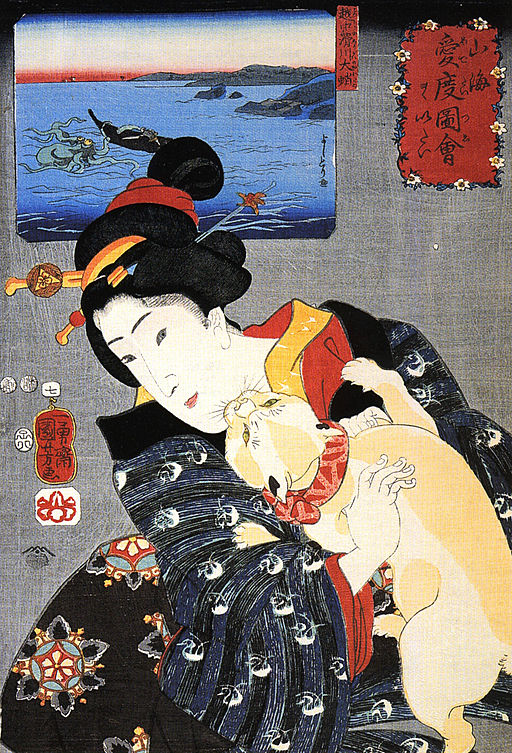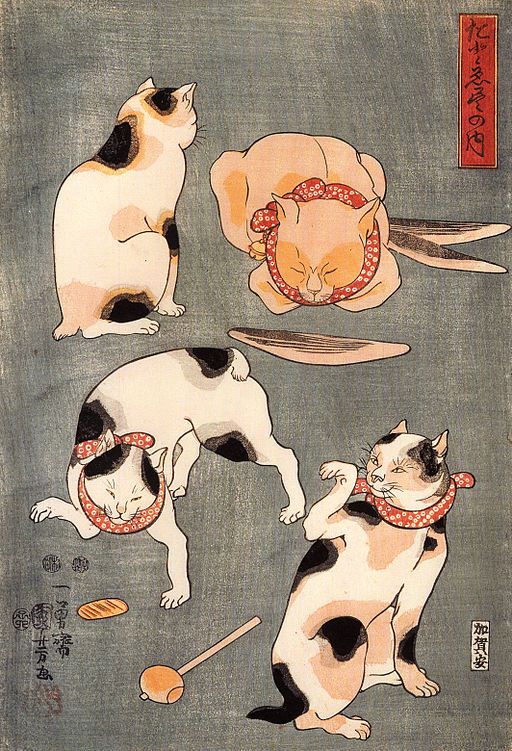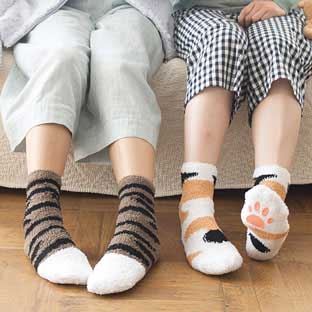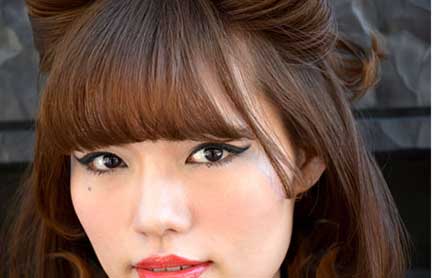

Cats in Japan: Leaving Their Pawprints In History
As we segue into 2022, we will begin to see plenty of decorations and merchandise featuring tigers being put up and sold in Japan, as it is finally the Year of the Tiger! Though it is a fearsome predator in the wild, it is celebrated as one of the twelve animals in the zodiac. There is one other feline creature, however, that is related to the tiger that and yet still does not feature in the zodiac. Yet, it is so greatly beloved in Japan that it features in many folklores and superstitions, and is a popular choice for a household pet. This animal is the cat! So beloved are cats as pets that there is no dearth of art works and poems featuring these furry companions. Famous woodblock artist Utagawa Kuniyoshi was particularly known for his love of cats and produced many artworks that depicted cats in various situations. He even has a series of prints in which cats form the names of fish in kana. He was also well known for his prints of anthropomorphised cats. In the early 1840s, artists were forbidden from depicting kabuki actors, courtesans, and geisha in their art. However, they found a way around this ban by depicting these celebrities in animal form; Utagawa chose to create many prints of these personalities as cats! These beloved creatures are also thought of as bringers of good luck. Manekineko (招き猫), sometimes known as lucky cats in English, are figurines of a calico-patterned Japanese bobtail with their paws raised. They are thought to bring good luck and wealth to businesses. A manekineko with a raised right paw is meant to beckon more money, while a raised left paw beckons customers. Not much is known about the origin of these figurines, but what is known is that they began gaining popularity during the Edo Period! These figurines are popular even today, and can be seen displayed at many businesses. They also come in portable forms like stickers and keychains so people can choose to bring these lucky cats around. Traditional manekineko are calico-patterned, but they now come in a variety of colours like pink (to beckon romance) and black (to ward off bad luck and evil). As much as they are revered as bringers of luck, they can also be seen as devious creatures. There are several folk tales and legends about supernatural cats. One such example is the bakeneko (化け猫), which is said to a monster cat that has lived long enough to gain supernatural powers. The nekomata (猫また) is similar, in that it is also a long-lived domestic cat that has attained supernatural powers, but is a two-tailed man-eating creature. You may also be surprised to learn that cats have also inspired fashion trends! Cat-themed fashion items have become popular in Japan, especially with young women. From head to toe, people can choose from all manner of cat-themed clothes and accessories to express themselves with. Clothes may feature a simple illustration of a cat, or bear the striking tortoiseshell print that is often seen on waneko. However, there are some designers who take their cat-themed fashion to the next level, with hats with cat ears attached, and socks with a cat’s paw prints on the sole of the feet! In the world of makeup too—winged eyeliner, which is often called the Cat Eye, is a popular makeup style worldwide but in Japan, there are some who put on makeup that literally mimics a cat’s features, such as pink noses and whiskers! |
|
Resources
|
"Cat Fashion". 2013. Web Japan. https://web-japan.org/trends/11_fashion/fas130225.html. Davisson, Zack. 2020. "Japan's Love-Hate Relationship With Cats". Smithsonian Magazine. https://www.smithsonianmag.com/arts-culture/japans-love-hate-relationship-with-cats-180975764/. Eiji, Iwazaki. 2021. "“Waneko” Studies: A Journey Into Japan’S Cat Lore". Nippon.Com. https://www.nippon.com/en/japan-topics/g01054/. Imaizumi, Tadaaki. 2003. "Is It True Japanese Cats Have Short Tails?". Web Japan. https://web-japan.org/nipponia/nipponia26/en/animal/animal01.html. Kita, Yōsuke. 2017. "Feline Fatale: A Look At Japan’S Growing Cat Mania". Nippon.Com. https://www.nippon.com/en/currents/d00344/feline-fatale-a-look-at-japan%E2%80%99s-growing-cat-mania.html. Lombardi, Linda. 2015. "Cats In Japanese Art - Printed, Painted, And Sculpted Felines". Tofugu. https://www.tofugu.com/japan/ukiyo-e-cats-in-japanese-art/. "Pet Ownership In Japan On The Rise Amid COVID-19 Pandemic". 2021. The Japan Times. https://www.japantimes.co.jp/life/2021/01/19/general/japan-pandemic-pets/. |
|
Japan Creative Centre 4 Nassim Road, Singapore 258372 +65 6737 0434 / jcc@sn.mofa.go.jp https://www.sg.emb-japan.go.jp/JCC/ Nearest parking at Orchard Hotel & Delphi Orchard |
 |
